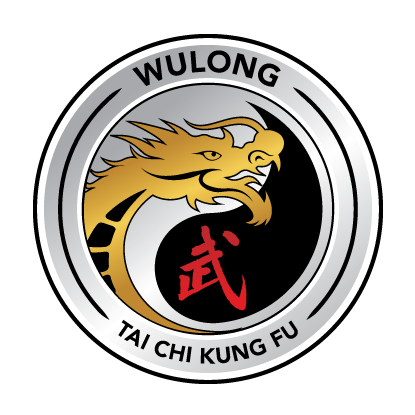Tai Chi
WHAT IS TAI CHI?
Tai chi, also known as Taijiquan (太极拳), is a form of Chinese Martial Art practiced in China for both its self-defence training and health benefits since the 16th Century.
Tai chi is a branch of the Chinese Martial Arts (Wushu 武术), tai chi is often practiced for well-being including the prevention or improvement of illness and disease, and the stresses and strains of modern living.
Tai chi training usually involves several elements including Neigong (內功; breathing exercises, meditation and internal skills), Taolu (套路; forms training with both weapons and bare-hand), Sanshou (散打; self-defence techniques), and Tuishou (推手; Push Hands).
benefits
Here are some key benefits of Tai Chi:
Mental Health Improvement: Tai Chi can significantly enhance mental health. It helps reduce anxiety, stress, and depression, and improves overall psychological well-being. Tai chi also improves concentration and memory function - cognitive function - in practitioners. Tai chi improves confidence and self awareness and provides opportunities for increased self control, emotional regulation, self development and leadership.
Physical Health Benefits: Practicing Tai Chi can improve physical fitness, cardiovascular health, and muscle strength. It also aids in physical recovery and enhances balance and flexibility. There are many positive studies linking tai chi to benefits for heart disease, hypertension, diabetes, arthritis, asthma, stroke, musculoskeletal conditions, long COVID and cancer recovery, improved immune system and reduced pain.
Nervous System Function: Tai Chi positively impacts the nervous system, promoting better coordination and reducing the risk of falls, especially in older adults.
Social Participation: Engaging in Tai Chi can increase social interaction and participation, which is beneficial for mental health and overall quality of life. In the group learning environment there is a social benefit from group practice - community connection, common goals, mutual support and encouragement.
These benefits make Tai Chi a valuable practice for both physical and mental health, contributing to holistic well-being.
tai chi routines
Due to its diverse history, there are many tai chi training forms and practices, both traditional and modern taichi. Our school teaches the standardised tai chi routines published by the Chinese Wushu Association, the official governing body for the sport of Wushu in China. Wushu is a traditional Chinese martial art that encompasses various styles and forms of martial arts including tai chi.
The Chinese Wushu Association was established in 1958 and operates under the guidance of the Chinese government's General Administration of Sport. Its main objectives include standardizing and regulating Wushu training and competitions, promoting the dissemination of Wushu knowledge, and organizing national and international Wushu events.
Tai chi Barehand Routines
Tai Chi routines published by the Association and practiced in Wulong classes are:
Ba Fa Wu Bu
Taichi 8
Taichi 16
Taichi 24
Taichi barehand 42 (competition form)
Tai chi weapon routines
Sword 32 and 42 (competition form)
Fan (Yang Style) 18, 28 and 36
YANG DUAN Wei
"Duan Wei" is the ranking system used in China to classify practitioners' proficiency in Tai Chi (Taijiquan) based on their skills and knowledge. It was established by the Chinese Wushu Association as a way to recognize and categorize practitioners' abilities in various aspects of Tai Chi.
The Yang Duan Wei system consists of ten levels, numbered from 1 to 10, with level 10 representing the highest proficiency. Each level has specific requirements in terms of Tai Chi forms, techniques, theory, and practical application. To advance to a higher level, practitioners must practical application. To advance to a higher level, practitioners must demonstrate their proficiency and pass an examination conducted by qualified assessors.
The Yang Duan Wei system is specific to the Yang Style of Tai Chi Chuan, which is one of the most popular and widely practiced styles worldwide. Other Tai Chi styles may have their own Duan Wei ranking or certification systems tailored to their specific forms and requirements.
Tai Chi routines are:
Yang 9 (Yang Style Taichi Duan Wei 1)
Yang 13 (Yang Style Taichi Duan Wei 2)
Yang 17 (Yang Style Taichi Duan Wei 3)
Yang style is the most popular taichi style and the one most likely to be practised around the world.



